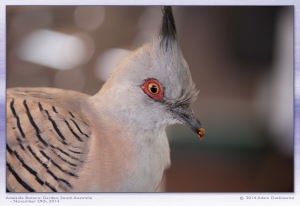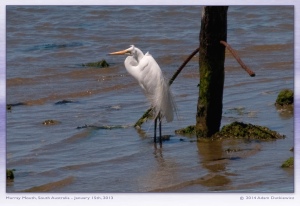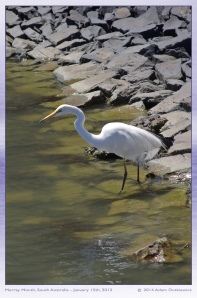


Porphyrio porphyrio aka Purple Swamphen, Pukeko, African Purple Swamphen, Purple Moorhen, Purple Gallinule, Purple Coot
Kingdom: Animalia
Phylum: Chordata
Class: Aves
Order: Gruiformes
Family: Rallidae
St Peters Billabong, South Australia – April, 2010
Photos & Text: Michal Dutkiewicz
I took these photos a few years ago, and I suspect the bluish colour on the body is a little off. I will do a new post on this species soon. Purple Swamphens occur across a large part of the world, and there are several subspecies. They occur in wet areas like swamps and lake edges and are good swimmers and flyers, despite their ungamely appearance. They eat eggs and young of other birds, as well as plant material. They are larger than Coots and Dusky Moorhens which are often seen nearby. Their larger red bill and red shield distinguish it easily, as well as the purple-blue front.


















